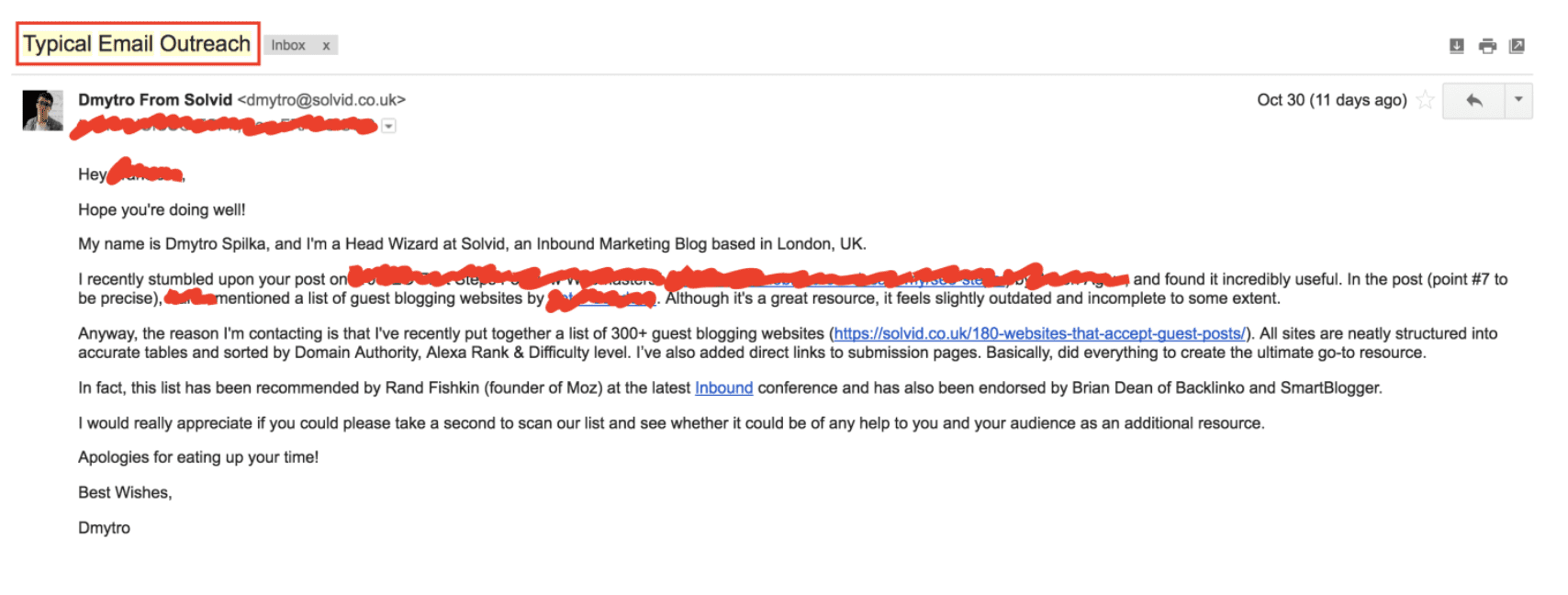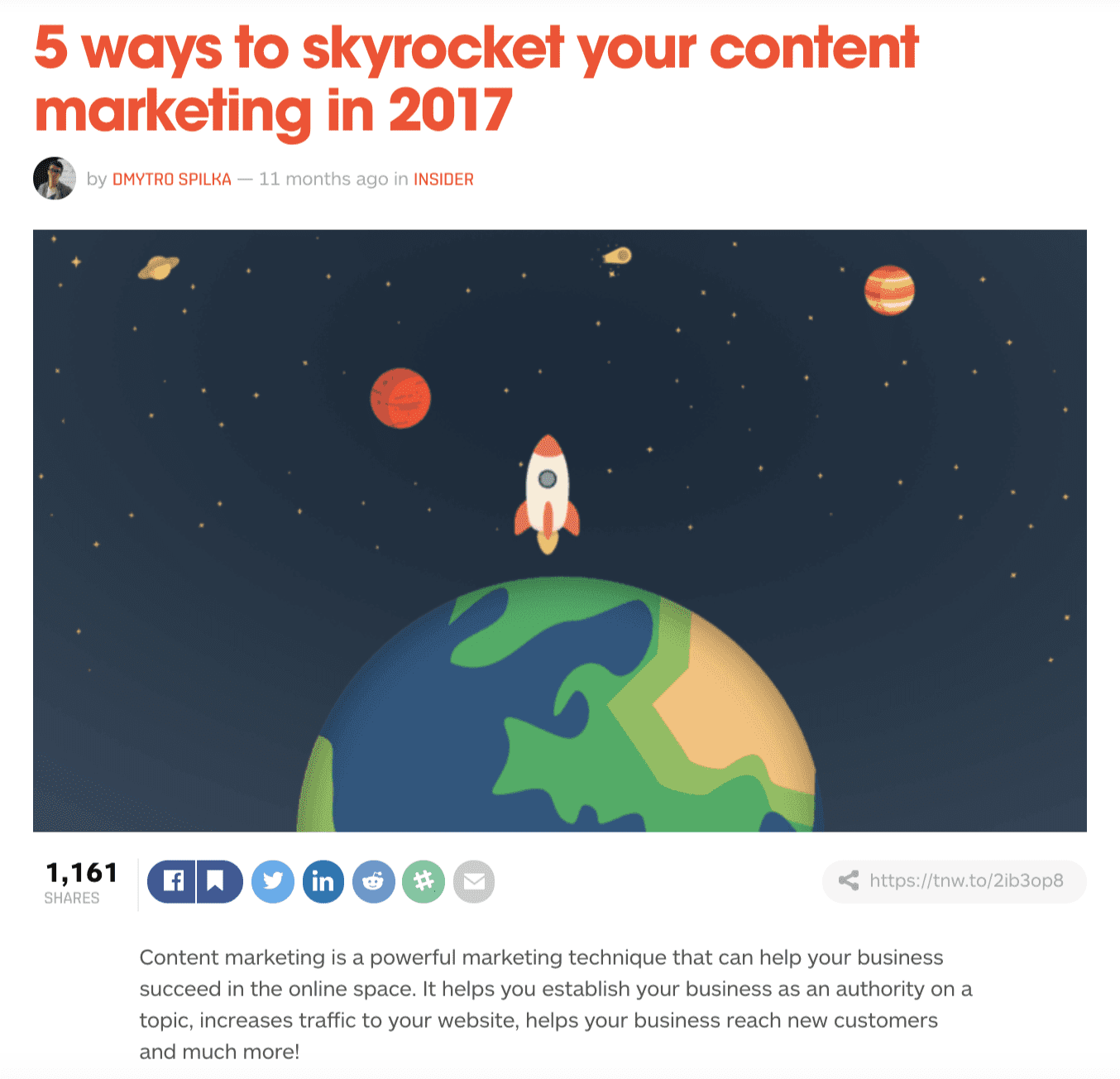So, you’ve set up a blog. Your grammar is goodly, and your articles are awe-inspiring, but nobody’s reading your content. It can feel like you’re preaching to an empty room, right?
Well, welcome to the cruel world of contemporary content creation. It seems that in this day and age nobody can be bothered to go out and find a wonderfully crafted website without it being placed right under their noses.
Many great blogs are out there that are operating under the radar, and it’s all because the blog owners haven’t engaged in the art of link building.
Mediakix.com estimates that there are currently over 440 million blogs in existence today – it would seem that the blogosphere is so dense that light bends around it, and in doing so keeps the limelight away from the hundreds of millions of unpromoted blogs that are vying for scant exposure.
All successful blogs benefit greatly from link building, and it would be a folly to ignore the powers of the strategies associated with the traffic enhancing, reputation building qualities of gaining links without relying solely on your work eventually being picked up. But where do you start? What methods are best? Fear not. We’re here to guide you through the three most effective means of getting your blog noticed.
1. Email Outreach
Yep, we know. Email outreach isn’t the most exciting way of forging new audiences in existence – but it’s extremely effective if executed well. You might see it as a method akin to cold calling, but as long as you’re offering a service in a non-intrusive way that’ll be of use to your recipient, it’s simply great link building.
Neil Patel theorises that for every 100 outreach emails that are sent, a competent blogger can expect to receive at least five links in return. While this indicates a success rate of just 5%, if you email 1,000 members of an appropriate target audience over the course of a month, that’ll be at least 50 new links. There’s nothing stopping you from repeating the outreach campaign whenever you feel that your content will be of interest to the masses, either.
There are a few tips and tricks for effective email outreach. The game is all about appealing to the recipient, and getting them to read your email – after that, it’s down to the quality of the product or service that you’re offering.
Firstly, it’s good to personalise your message – this should be fairly straightforward considering that you’d already be in possession of your target’s email address. Including a personalisation is key to eliminating the prospect of your email being considered spam, while also showing that you’re willing to connect to the individual by name.
Here is a template we’ve tried using:

There’re a couple of things that make this outreach email pretty effective:
-
- Email subject is straightforward. At the end of the day, it’s just an ordinary outreach email.
- We use a real name of the person – at least most of the times.
- Introduction. Tell who you are and what you do.
- We use a number of personal touches:
-
-
- Post title and link to their article
- Precise mention location in the article (e.g. point #7)
- A well-known industry influencer (e.g. Rand Fishkin). It’s important to be honest here. Don’t make things up.
-
All of these things combined make this outreach email pretty credible and effective. This is how we managed to get an open rate of 75% – which is an astonishing percentage for a simple email outreach.

The statistics and schools of thought regarding the formula for the best outreach campaigns are staggering. For example, RingLead.com has compiled facts and figures that suggest the best time to send an email is on a Tuesday between 2 pm and 5 pm.
Rather less insanely specific is their suggestion that 33% of emails are opened based on subject line alone – this means that you really need to nail your subject, but how can you appeal to so many people with just a heading? Luckily RingLead has us covered here too: subject lines with three or fewer words are 60% more likely to be opened. What words? ‘Alert’ and ‘breaking’ are the best performers. Is it possible to combine ‘Alert’ and ‘Breaking’ in a three-word subject line? You could give it a try, but it almost definitely wouldn’t make sense.
Try to be informative and succinct – it really depends on the kind of audience you’re trying to reach. Sometimes people are put off by superficial markety superlatives, while others love it.
Email outreach can be a slog. There are very few people who enjoy sending hundreds upon hundreds of emails across the web. But handily there are intelligent services in place that can take a lot of the strain out of this method of outreach. Reply.io, for example, offers an automated service that’s not only capable of sending out personalised emails en masse, but can track open rates too – allowing for a little bit of trial-and-error in finding the subject lines that best attract your target audience. Reply isn’t the only option, there’re plenty of alternatives to choose from.
2. Guest Blogging
As a blogger, your selling point is your content, so there are few better ways of getting your articles noticed than to publish them on a reputable blog that attracts massive amounts of readers.
Google and its search engine counterparts love a good backlink, and people enjoy an engaging read – so showcasing your skills elsewhere while including links back to your blog makes for a heavenly match.
For the best results, you’ll need to choose your guest blogs wisely. While big websites like Forbes accept contributors, appealing to a massive audience might not be as fruitful as targeting a more niche blog with a smaller but more relevant readership might be a better bet. Doing so would give your article more prominence and would likely bring a higher percentage of happy visitors back to your site.
Here, you’ll need to get into the mind of your target audience, think of a quality piece that will showcase your knowledge and leave them wanting to read more from you. Don’t neglect your written work just because it’s going to be published on a website other than your own – this is your opportunity to put yourself in the shop window and really appeal to a large readership.
You’ll likely need to pitch your guest post idea to your host blog – write a compelling description of your intentions for the post and why you feel that their website will benefit from your content. Think of what sort of message you would like to receive from someone looking to guest publish a piece on your site.
A quality guest post can potentially generate a lot of exposure for your name and generate new business. Here’s an example of a successful guest post we’ve published on TNW that generated over 1,000 shares.

Remember to keep an eye on which sites are providing you with the best traffic. This will help you harness your link building efforts in future guest posts.
3. Infographics
Infographics get links. The internet loves informative illustrations and having your work shared from across social media by people who find your output useful can be a very effective way of getting your work noticed.
Of course, the key to this is your creativity. A good brainstorming session helps. Think of what would be of best use for people who you’ll want to visit your site.
You’ll also need some out-of-the-box thinking – you probably won’t attract many people by filling the ‘info’ side of the infographic with basic facts that everyone will probably already know. Try researching your subject matter and looking for some good, unique insight. If you can enable people to learn something, the odds are they’ll see your blog as an avenue to learn more. It’s imperative to make sure any research you use in your infographic is well cited and reputable – ‘alternative facts’ and ‘fake news’ are rightly dirty words in today’s climate.
After all your fact sourcing, you could be forgiven for wanting to get the ‘graphic’ part of your infographic over and done with without as much toil – but it’s important to create a user-friendly and enjoyable frame for your information. We live in such a fast-paced society that sometimes all people want is to learn something new with a prettily illustrated backdrop with fun colours.
The more informative and engaging your infographic is, the more chance it has of going viral. The infographic game is high risk, high reward; your work could fall flat, or it could become a visual sensation that spreads to all four corners of the web.

